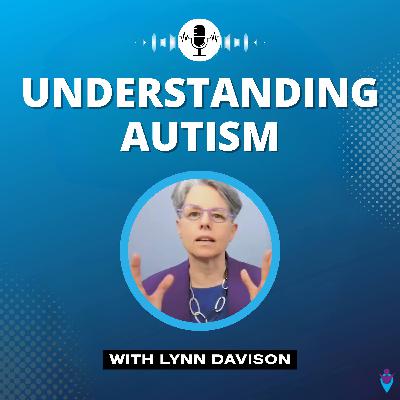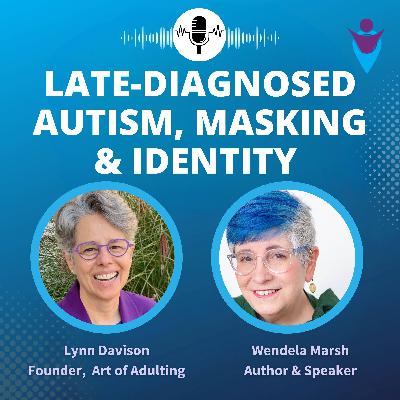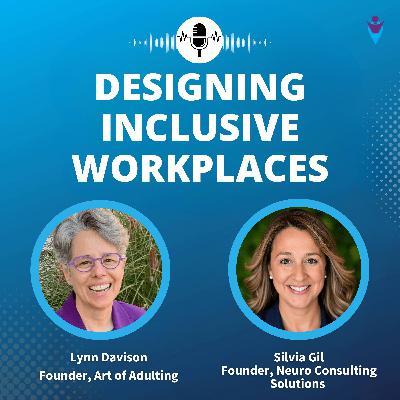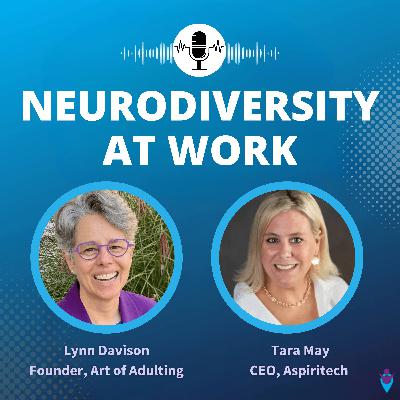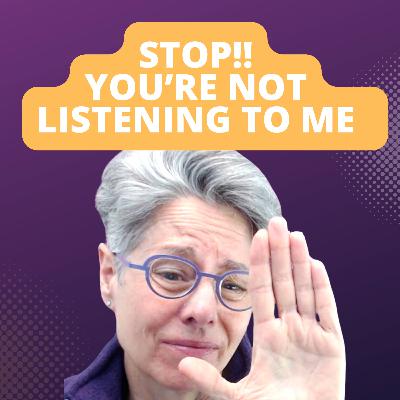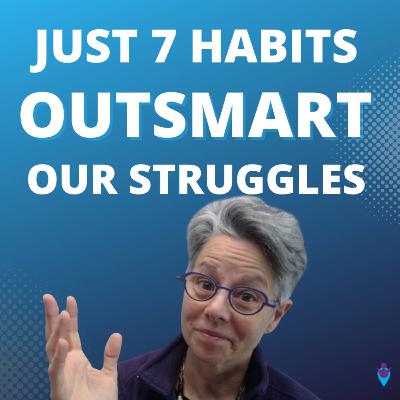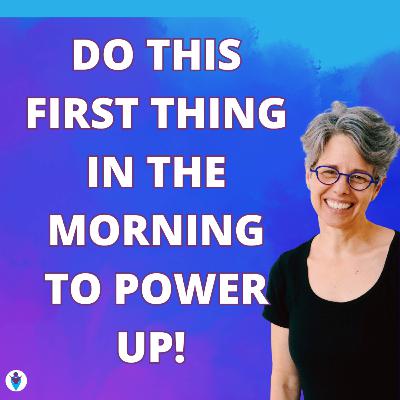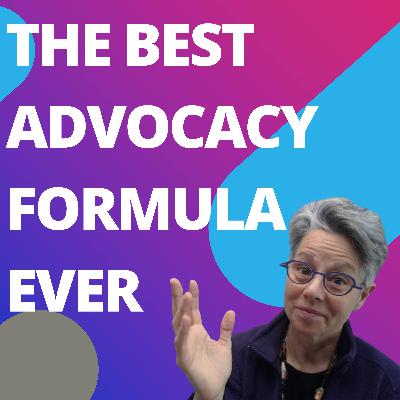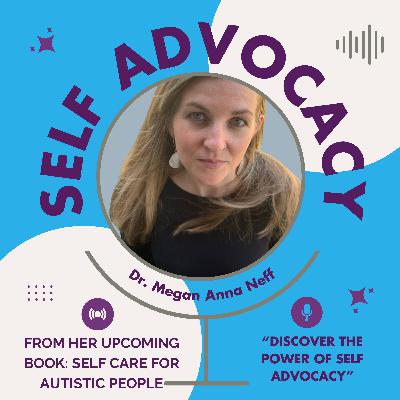Understanding Autism: Strengths, Challenges & Support Strategies | Lynn Davison at PTx
Description
Here’s a summary of my “Understanding Autism PTx” presentation:
Purpose & My Background
• Delivered for Autism Awareness Month by me, a neurodivergent coach with lived experience raising six neurodiverse children.
• The session is aimed at improving understanding, inclusion, and support for autistic individuals.
Key Concepts
1. What is Autism?
• A neurological developmental condition—not a defect, but a difference.
• Autism exists on a color wheel, not a linear spectrum, highlighting infinite variation.
• Neurodiversity is natural and as vital as biodiversity.
2. Origins & Brain Science
• Structural and gene expression differences in the brain are often present from utero.
• Differences are not “less than,” just different ways of perceiving and interacting with the world.
Core Autistic Traits: ESP Framework
E - Executive Functioning Strengths • Deep focus, detail-oriented thinking, strong routines, logical analysis, and honesty. Challenges: • Difficulty initiating tasks, time management, emotional regulation, and flexibility. Strategies: • Use visual schedules, reminders, and structured routines.
S - Sensory Processing Strengths: • Heightened perception, sensory joy, unique emotional ties to stimuli. Challenges: • Sensory overload, avoidance, filtering difficulties, interoception issues, dyspraxia. Strategies: • Create sensory-friendly environments with control over light, sound, and textures.
P - People Skills Strengths: • Honest communication, deep listening, loyalty, and inclusive attitudes. Challenges: • Misreading social cues, discomfort with small talk, processing delays, masking. Strategies: • Build trust through deep, meaningful conversations and non-verbal bonding.
Communication & Inclusion Tips
• Listen: Make space for different communication styles.
• Validate: Acknowledge feelings and experiences without judgment.
• Ask: Don’t assume—ask what’s helpful.
• Offer Support: Gently and respectfully, not forcefully.
Connection Styles Autistic connection may include: • Info-dumping on special interests, • Parallel play, • Blunt honesty, • Scripting (repeating familiar phrases), • Support through action.
Resources Mentioned
1 The Pattern Seekers by Simon Baron-Cohen
2 The Autistic Burnout Workbook by Dr. Megan Anna Neff – helps manage burnout through personalized strategies.
3 Self-Care for Autistic People by Dr. Megan Anna Neff – promotes unmasking, community connection, and neurodivergent health practices.
4 Seeing Autism by Barbara Avila – focuses on creating authentic engagement and supportive environments. Takeaway Message Autism is a different—not deficient—way of being.
When we shift from awareness to acceptance to appreciation, we build a world that works better for everyone. Support should always be led by the autistic individual’s preferences and needs.

